Covid case numbers across Tayside and Fife remain on the rise this week as another wave of infections continues to hit Scotland.
In the week ending June 17, Perth and Kinross saw the highest increase on case numbers with a 45.5% rise. This means 403 people in the area have tested positive.
Elsewhere in Tayside, Dundee City saw an increase of 34% (335 positive cases), with a 39.6% rise (310 positive cases) in Angus.
And in Fife, there was a 40% increase (1,005 positive cases) compared with the previous seven days.
Nationally, Scotland saw the largest increase in Covid cases in the UK last week, according to the Office for National Statistics (ONS).
It estimates about 250,700 people – one in 20 – had the virus in the week ending June 17.
Why are case numbers rising?
The rise in case numbers comes amid a new wave of Covid, thought to be caused by the new, more contagious BA.4 and BA.5 Omicron variants.
They are believed to be more transmissible than previous strains of the virus.
They are also thought to be able to reinfect people faster than other variants, which is also contributing to the wave.
What is the advice?
Scotland scrapped all Covid regulations in April.
While restrictions are not currently being brought back in, Scots are being urged to be cautious.
First Minister, Nicola Sturgeon, told the BBC: “We need to all be sensible and take precautions.
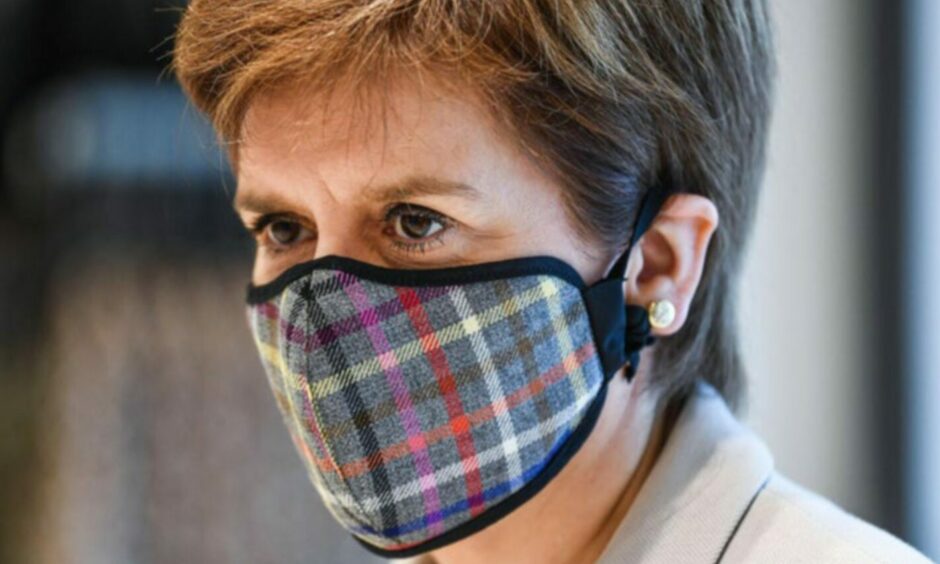
“It’s no longer, for example, a requirement to wear a face covering in an indoor place but right now when cases are rising again, it would be a sensible precaution to wear a face covering if you’re in an indoor place with crowds of people around you.
“We’ve all got out of the way of doing that in recent weeks, it’s perhaps sensible in the next few weeks to get back into the way of doing that.”
‘We should be concerned, but not overly’
In an interview with The Courier last week, head of health intelligence at NHS Grampian, Jillian Evans, echoed these sentiments from the First Minister.
She said: “We should be concerned, but not overly because we know what to do to protect ourselves.
“Individually, the actions we take can help. That means being up to date on your vaccines because that still gives you the best degree of protection.
“The other thing that can make a difference is the use of mask in indoor and crowded settings. These are things you’d consider to be very light touch protections.
She added we could see lighter restrictions brought back, if they were felt to be proportionate to the severity the new wave could cause.
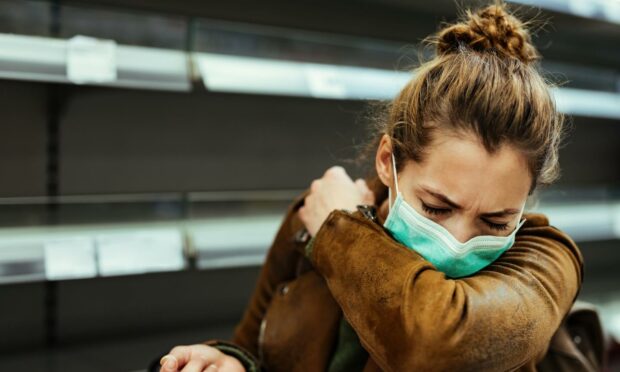
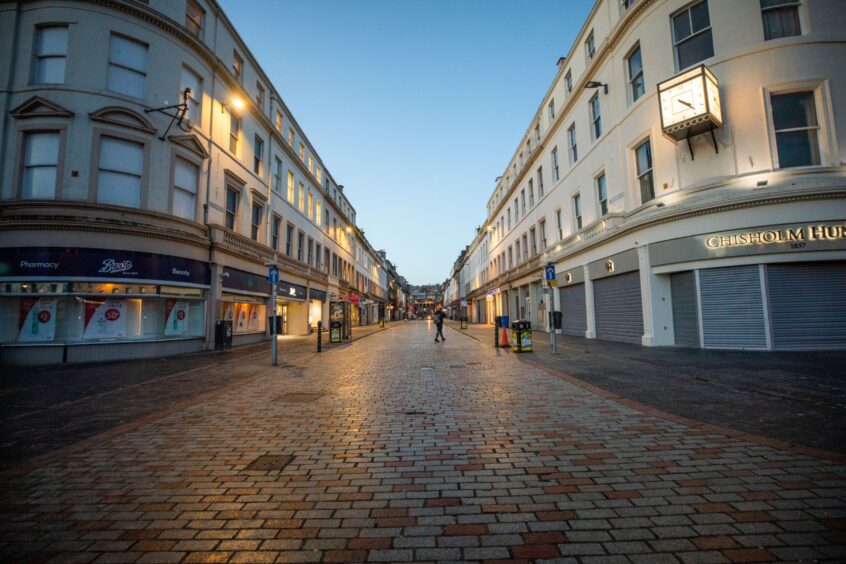

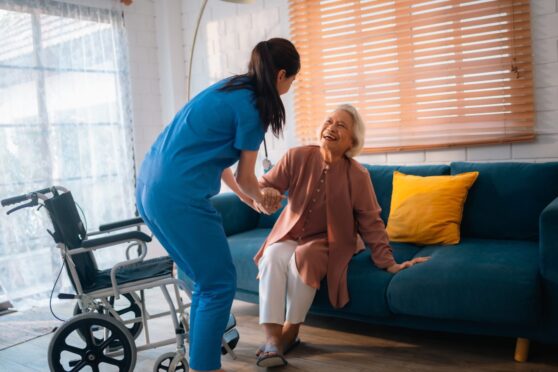

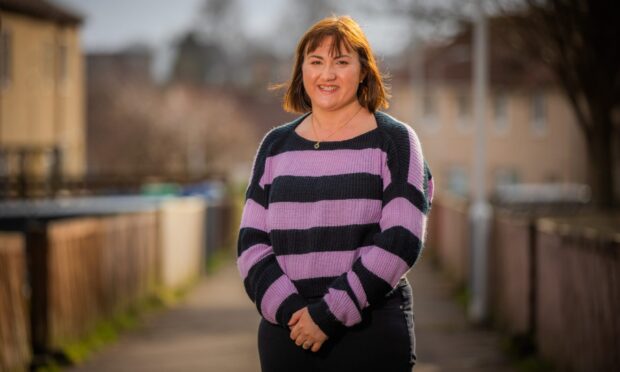

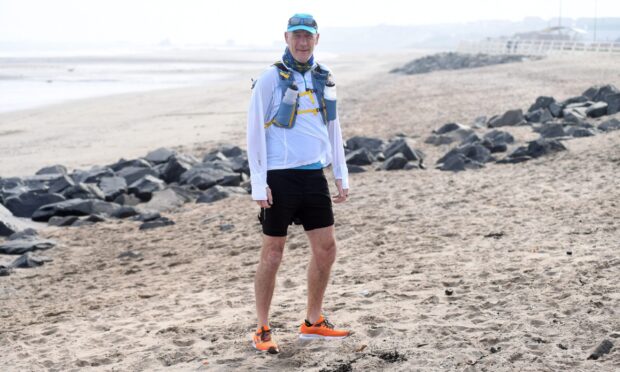
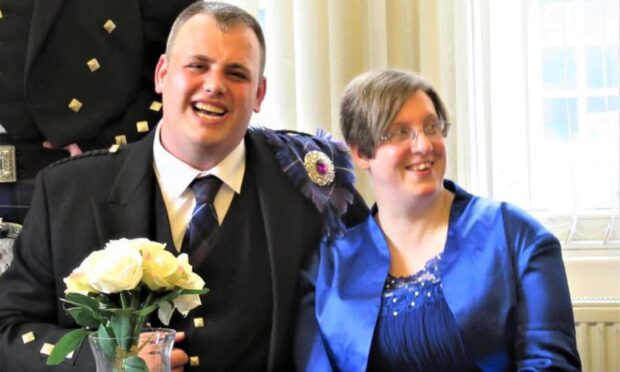
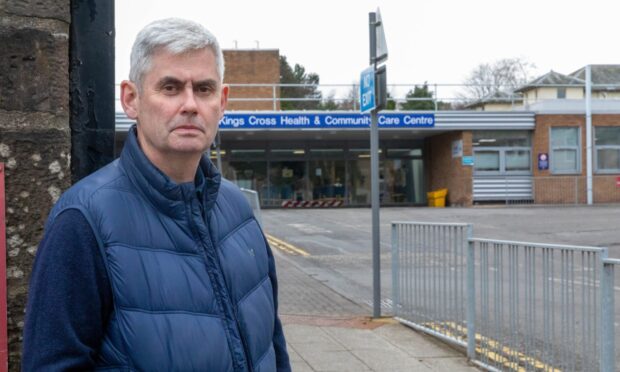
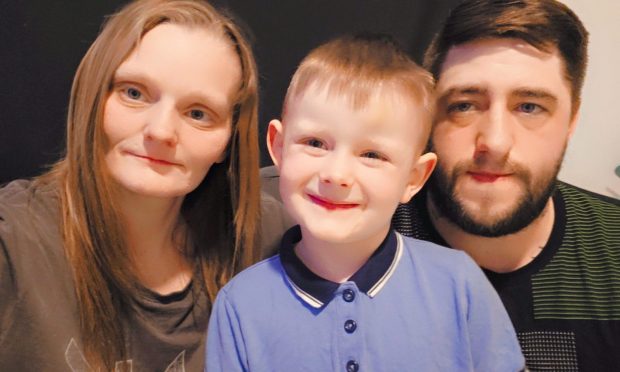
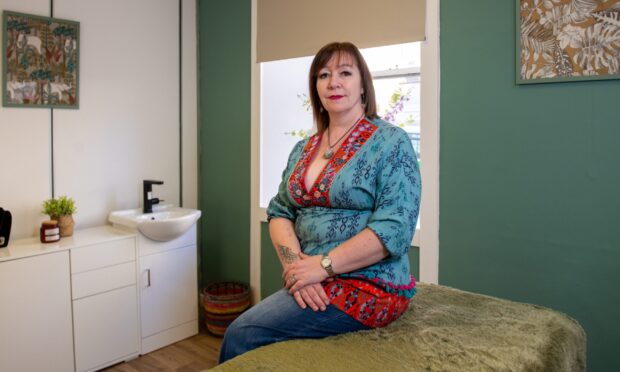
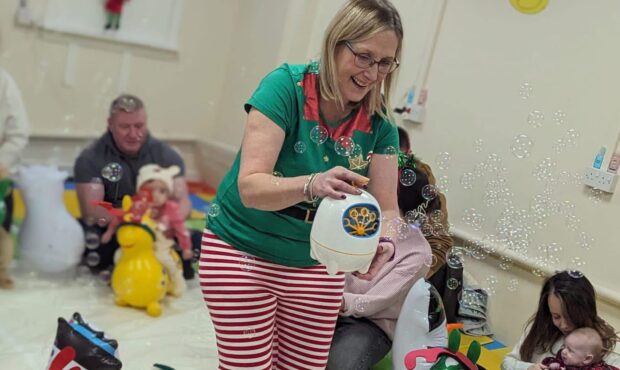
Conversation